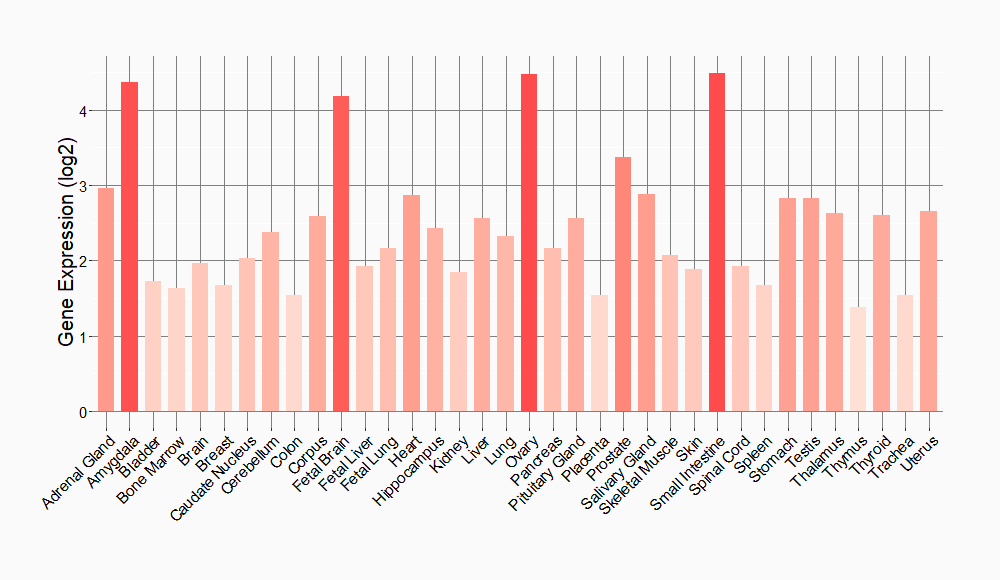Molecule Information
General Information of the Molecule (ID: Mol00603)
| Name |
E3 ubiquitin-protein ligase RING2 (RING2)
,Homo sapiens
|
||||
|---|---|---|---|---|---|
| Synonyms |
Huntingtin-interacting protein 2-interacting protein 3; HIP2-interacting protein 3; Protein DinG; RING finger protein 1B; RING1b; RING finger protein 2; RING finger protein BAP-1; RING-type E3 ubiquitin transferase RING2; BAP1; DING; HIPI3; RING1B
Click to Show/Hide
|
||||
| Molecule Type |
Protein
|
||||
| Gene Name |
RNF2
|
||||
| Gene ID | |||||
| Location |
chr1:185045526-185102603[+]
|
||||
| Sequence |
MSQAVQTNGTQPLSKTWELSLYELQRTPQEAITDGLEIVVSPRSLHSELMCPICLDMLKN
TMTTKECLHRFCADCIITALRSGNKECPTCRKKLVSKRSLRPDPNFDALISKIYPSRDEY EAHQERVLARINKHNNQQALSHSIEEGLKIQAMNRLQRGKKQQIENGSGAEDNGDSSHCS NASTHSNQEAGPSNKRTKTSDDSGLELDNNNAAMAIDPVMDGASEIELVFRPHPTLMEKD DSAQTRYIKTSGNATVDHLSKYLAVRLALEELRSKGESNQMNLDTASEKQYTIYIATASG QFTVLNGSFSLELVSEKYWKVNKPMELYYAPTKEHK Click to Show/Hide
|
||||
| Function |
E3 ubiquitin-protein ligase that mediates monoubiquitination of 'Lys-119' of histone H2A (H2AK119Ub), thereby playing a central role in histone code and gene regulation. H2AK119Ub gives a specific tag for epigenetic transcriptional repression and participates in X chromosome inactivation of female mammals. May be involved in the initiation of both imprinted and random X inactivation. Essential component of a Polycomb group (PcG) multiprotein PRC1-like complex, a complex class required to maintain the transcriptionally repressive state of many genes, including Hox genes, throughout development. PcG PRC1 complex acts via chromatin remodeling and modification of histones, rendering chromatin heritably changed in its expressibility. E3 ubiquitin-protein ligase activity is enhanced by BMI1/PCGF4. Acts as the main E3 ubiquitin ligase on histone H2A of the PRC1 complex, while RING1 may rather act as a modulator of RNF2/RING2 activity (Probable). Association with the chromosomal DNA is cell-cycle dependent. In resting B- and T-lymphocytes, interaction with AURKB leads to block its activity, thereby maintaining transcription in resting lymphocytes. Also acts as a negative regulator of autophagy by mediating ubiquitination of AMBRA1, leading to its subsequent degradation.
Click to Show/Hide
|
||||
| Uniprot ID | |||||
| Ensembl ID | |||||
| HGNC ID | |||||
| Click to Show/Hide the Complete Species Lineage | |||||
Type(s) of Resistant Mechanism of This Molecule
Drug Resistance Data Categorized by Drug
Approved Drug(s)
1 drug(s) in total
| Drug Sensitivity Data Categorized by Their Corresponding Mechanisms | ||||
|
|
||||
| Disease Class: Ovarian cancer | [1] | |||
| Sensitive Disease | Ovarian cancer [ICD-11: 2C73.0] | |||
| Sensitive Drug | Cisplatin | |||
| Molecule Alteration | Expression | Down-regulation |
||
| Experimental Note | Identified from the Human Clinical Data | |||
| Cell Pathway Regulation | Cell apoptosis | Activation | hsa04210 | |
| Cell viability | Inhibition | hsa05200 | ||
| MAPK signaling pathway | Inhibition | hsa04010 | ||
| In Vitro Model | A2780 cells | Ovary | Homo sapiens (Human) | CVCL_0134 |
| A2780/DDP cells | Ovary | Homo sapiens (Human) | CVCL_D619 | |
| In Vivo Model | Nude mouse model | Mus musculus | ||
| Experiment for Molecule Alteration |
Western blot analysis | |||
| Experiment for Drug Resistance |
MTT assay; Flow cytometry assay | |||
| Mechanism Description | miR-139-5p overexpression combined with inactivation of the MAPk signaling pathway can reverse the cisplatin resistance of OC by suppressing RNF2. | |||
Disease- and Tissue-specific Abundances of This Molecule
ICD Disease Classification 02

| Differential expression of molecule in resistant diseases | ||
| The Studied Tissue | Ovary | |
| The Specified Disease | Ovarian cancer | |
| The Expression Level of Disease Section Compare with the Healthy Individual Tissue | p-value: 2.51E-01; Fold-change: 8.15E-02; Z-score: 2.52E-01 | |
| The Expression Level of Disease Section Compare with the Adjacent Tissue | p-value: 9.92E-01; Fold-change: -4.74E-02; Z-score: -8.27E-02 | |
|
Molecule expression in the normal tissue adjacent to the diseased tissue of patients
Molecule expression in the diseased tissue of patients
Molecule expression in the normal tissue of healthy individuals
|
||
| Disease-specific Molecule Abundances |

|
Click to View the Clearer Original Diagram |
Tissue-specific Molecule Abundances in Healthy Individuals


|
||
References
If you find any error in data or bug in web service, please kindly report it to Dr. Sun and Dr. Zhang.
